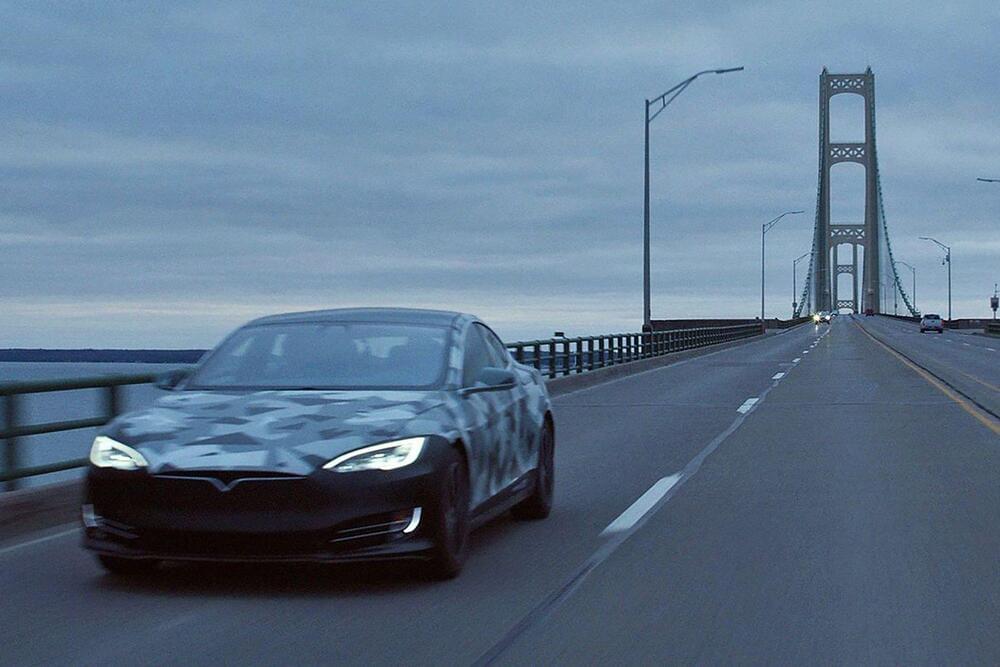The footage speaks for itself.


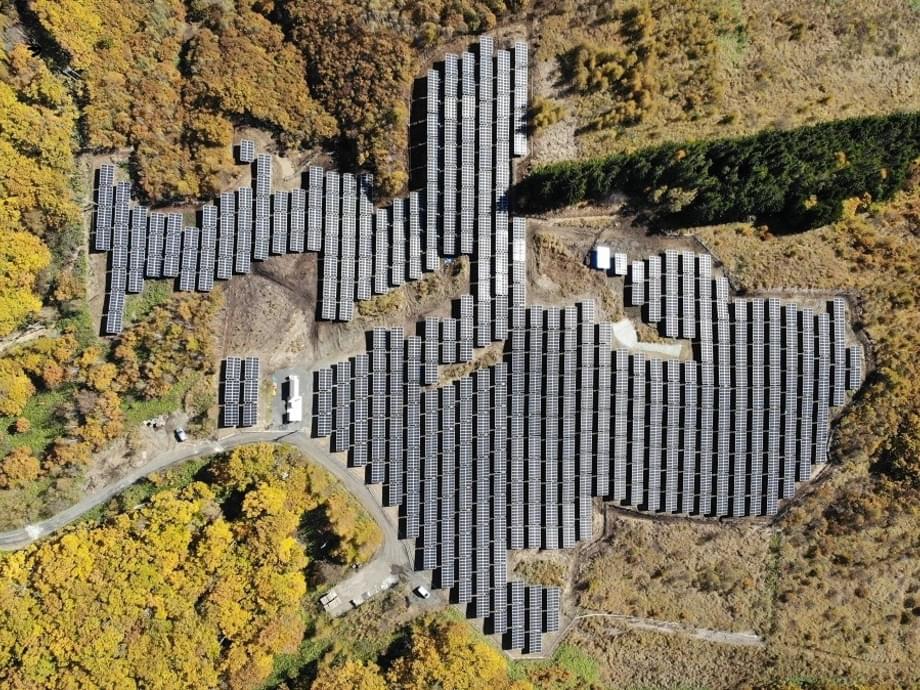
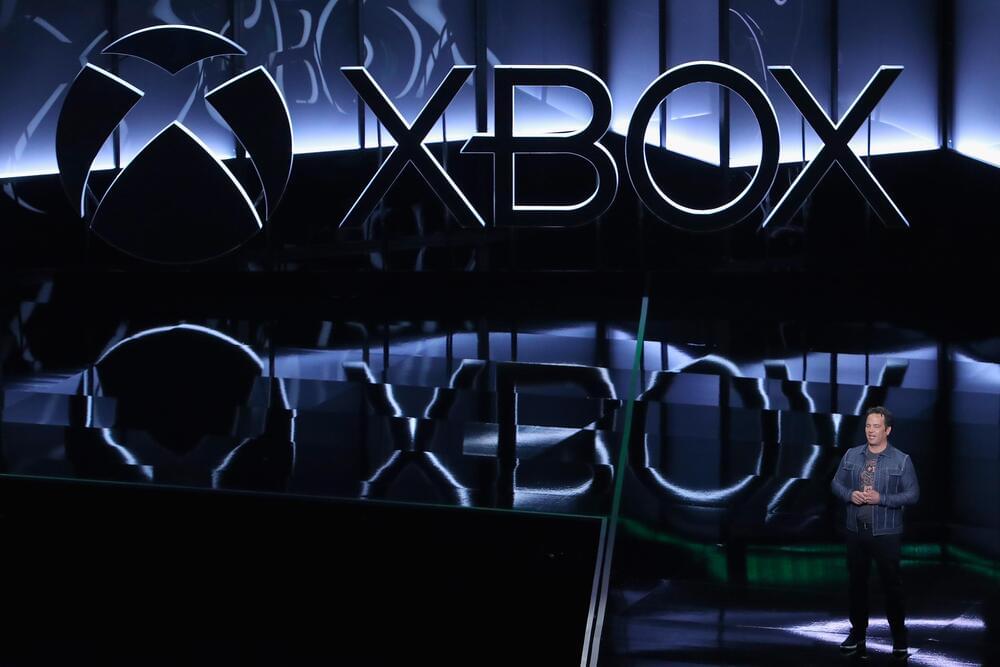
It was cute at first. When Xbox head Phil Spencer took the stage at E3 2018 and announced the acquisition of five notable studios – Undead Labs, Playground Games, Ninja Theory, Compulsion Games and The Initiative – the air inside the Microsoft Theater turned electric. It felt like the company was righting a wrong in its business plan and finally building an internal roster of exciting games that it could offer exclusively on Xbox platforms. You know, a few friends to keep Master Chief company.
Today’s announcement that Microsoft is buying Activision Blizzard, the largest third-party publisher in the video game industry, doesn’t feel as harmless. Four years on and numerous acquisitions later, the Activision Blizzard deal feels like an extreme escalation of Microsoft’s plans, and it could mark a turning point in the video game industry as a whole, with negative consequences for both players and developers.
So far, public reaction to the acquisition has been mixed, which makes sense for a few reasons: first, Activision Blizzard’s sheer size is daunting, and this purchase represents more money and industry power than Microsoft’s previous gaming acquisitions combined. Second, Activision Blizzard is currently the subject of multiple investigations into allegations of sexual harassment and gender discrimination at the studio, where CEO Bobby Kotick has been in charge and largely unchecked for the past 30 years. The Wall Street Journal is reporting that Kotick is poised to leave the company in a golden parachute once the Microsoft deal goes through.

The US Energy Information Administration (EIA) has forecast in its January Short-Term Energy Outlook that rising electricity generation from clean energy such as solar and wind will reduce generation from fossil fuel-fired power plants over the next two years.
UnderstandSolar is a free service that links you to top-rated solar installers in your region for personalized solar estimates. Tesla now offers price matching, so it’s important to shop for the best quotes. Click here to learn more and get your quotes. — *ad.
The EIA is forecasting the share of generation for US clean energy, excluding hydropower, to grow from 13% in 2021 to 17% in 2023.

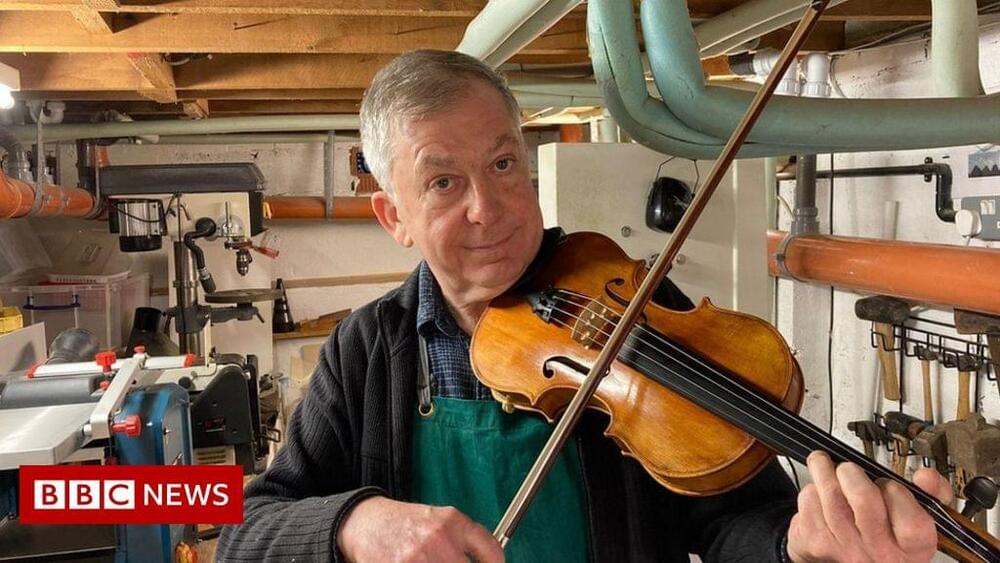

An accessible rooftop that curves to meet the ground will distinguish the Hida Takayama University, which Japanese studio Sou Fujimoto Architects is designing in Hida City, Japan.
The private university, which is expected to open in April 2024, is set to be built on a rural site in the town that is located in the mountainous Gifu Prefecture.
Sou Fujimoto Architects’ design comprises two curved buildings that will be separated by a courtyard. The larger of the two structures will be topped by the giant accessible rooftop described by the studio as “an open hill”.
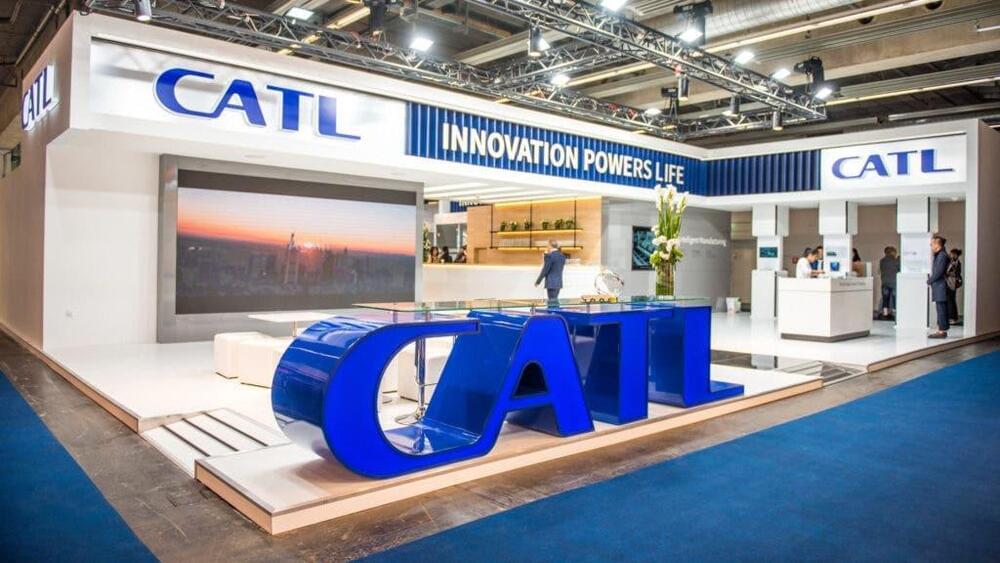
CATL warns investors its expansion plans may not keep up with demand and that advanced solid-state batteries won’t be commercially available until 2035 — at the earliest.
The rules that govern stock markets in China are different than they are in other countries. Recently, CATL, the largest battery manufacturer in China, revealed plans to invest enormous amounts of money to increase its production capacity. But first it had to convince the Shenzhen Stock Exchange that its plans were realistic and in line with sound business practices. In response to several questions put to it by the stock exchange, the company said solid-state battery development faces technical difficulties that will prevent mass production from occurring for a long time yet.
According to CnEVPost, CATL was asked to explain the development of technology paths for solid-state batteries, sodium ion batteries, and hydrogen fuel cells, along with the risks that each could pose to its operations and capacity expansion. Solid-state batteries and hydrogen fuel cells have certain technical features and advantages, but there are still unresolved technical problems and barriers to mass production, the company said.
These new technologies are subject to cost economics, performance indicators, and industry chain support constraints, and it will take a long time from technical problem solving and customer certification approval to mass production, CATL said, adding that it is still some distance away from achieving mature commercial applications.
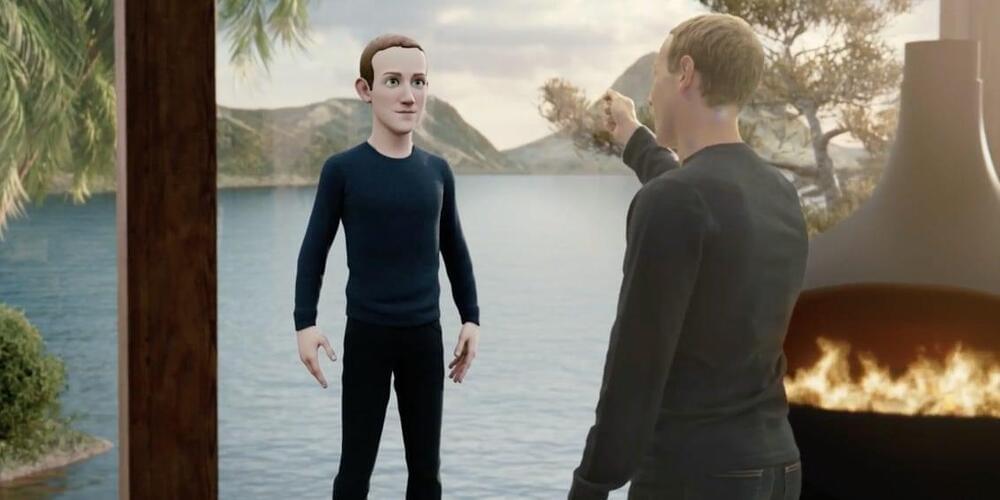
The FT reviewed hundreds of patent applications by Meta and found references to a “virtual store” where users could buy virtual products, as well as objects that correspond to real-world items that have been sponsored by third-party brands.
A patent reviewed by the FT said brands would go through a bidding process to “sponsor the appearance of an object” inside a virtual store.
Meta’s head of global affairs Nick Clegg told the FT in an interview that the business model for the metaverse would be “commerce-led”.
